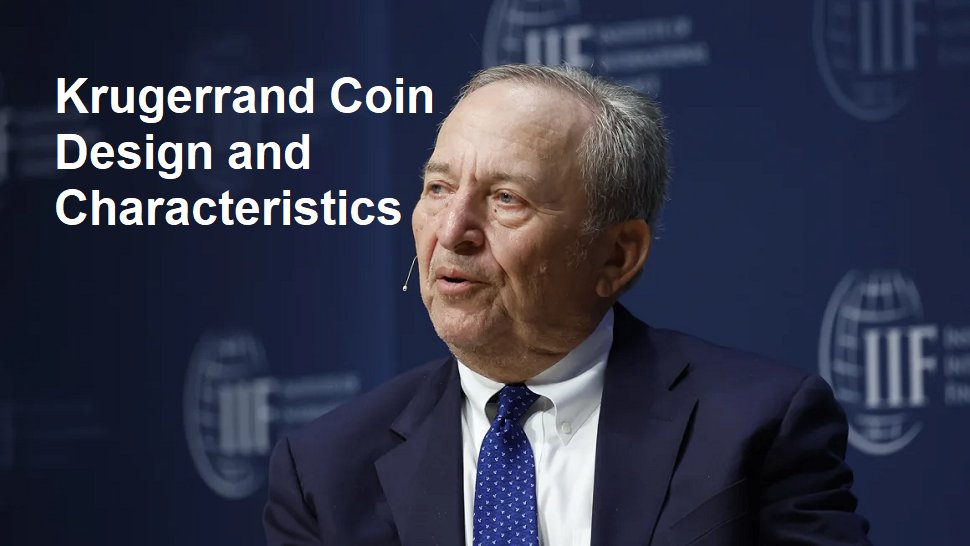The introduction of pledged assets and trading is an important topic in the world of finance and investment. Pledged assets, or assets that are guaranteed, are assets that are used as collateral in a financial transaction. In this context, the owner of the asset allows another party to use the asset as collateral for a loan or credit. Meanwhile, trading refers to the activity of buying and selling financial instruments, such as shares, bonds and currencies, with the aim of profiting from price changes. The definition of pledged assets covers various aspects related to the use of assets as collateral in financial transactions. Assets pledged as collateral can be physical property such as land, buildings or motor vehicles, as well as non-physical assets such as shares and bonds. The main purpose of pledged assets is to reduce risk for the lender by providing rights to the pledged asset if the borrower fails to repay their loan.
The types of trading instruments are an important category for investors and traders to understand. Some examples of commonly traded financial instruments include shares, bonds, mutual funds, derivatives such as futures contracts or options, and currencies in the form of forex trading. Each instrument has unique characteristics that determine the level of risk and potential return. When considering investing in trading instruments or using pledged assets, it is important for investors and traders to understand the risks involved and how they relate to their overall financial goals and strategy. In the case of assets that are pledged as collateral, investors must ensure that the value of the assets is sufficient to cover the debt if the loan cannot be paid. Meanwhile, in the case of trading, traders need to take into account market volatility and risk management to maximize potential profits while keeping losses under control.
Pledged assets in the context of trading
In the world of trading, pledged assets are assets that are used as collateral or collateral to obtain credit or other trading facilities. The main function of pledged assets in a trading context is to reduce the risks faced by lenders or trading facility providers. Pledged assets can include various types of assets such as shares, bonds, certificates of deposit, and property. The important role of pledged assets in trading is especially visible when traders want to obtain margin trading facilities or leverage. By offering assets as collateral, traders can increase their purchasing power to invest in financial instruments that have the potential to generate higher profits. This allows traders to maximize profit opportunities without having to increase capital significantly.
To use pledged assets as collateral in a trading context, the first step that must be taken is to determine the type of asset you want to use as collateral. Traders then need to open a margin account with a broker or financial institution that offers this facility. After the account is opened and the assets are pledged, the facility provider will determine the amount of loan or leverage that can be provided based on the value of the assets. For example, if a trader owns shares with a total value of $50,000 and wants to use those assets as collateral to gain leverage, a broker or financial institution might offer leverage of 1:2. This means that traders can gain an additional $50,000 in purchasing power to invest in other instruments. However, it is important to remember that using pledged assets as collateral also carries a higher risk for traders if the investment they make suffers losses, so traders must be very careful in making decisions.
Forex and its relationship with pledged assets
In forex trading, the concept of pledged assets does exist, although it is not as common as in investments such as shares or bonds. Pledged assets are guarantees given by investors to brokers as a condition for opening larger trading positions. This collateral is usually in the form of financial assets such as cash or securities that have high liquidity. The broker then pawns the assets as collateral to provide leverage to investors. There are several benefits that can be obtained from using pledged assets in forex trading. First, by providing collateral, investors can gain access to higher leverage, which can increase profit potential. With greater leverage, investors can generate more significant profits from changes in currency exchange rates.
However, the use of pledged assets also has potential risks. The main risk is that if a loss occurs on a trading position, the investor could lose some or all of the assets pledged as collateral. Another risk is that if the broker experiences financial difficulties or goes bankrupt, the assets pledged as collateral may not be returned in full to investors. Ultimately, it is important for investors to weigh the benefits and risks of using pledged assets in forex trading before making an investment decision. Additionally, it is highly recommended to only transact with brokers that are reputable, registered and supervised by competent authorities to reduce risks related to fraud or broker failure.
As an additional step in reducing the risk of pledged assets in forex trading, investors need to fully understand the existing mechanisms and regulations. This includes practicing good risk management, such as using stop-loss orders and diversifying investment portfolios. With the right strategy, investors can achieve a balance between potential profits and the risks associated with using collateral assets in forex trading.
Investment strategy by considering pledged assets
In investment strategies that consider pledged assets, it is important to understand effective risk management techniques. Pledged assets are assets used as collateral to obtain loans or additional funds to expand investments. Risk management in this context involves identifying, evaluating and mitigating potential losses that may occur due to fluctuations in the value of collateralized assets.
The first technique in risk management is asset diversification. Diversification involves spreading your investments across different financial instruments and industry sectors to reduce the impact of changes in the value of one type of asset on your overall portfolio. For example, if you use shares as a pledged asset, make sure you own shares from various sectors to reduce the impact of falling share prices in certain sectors.
Furthermore, tips and suggestions for optimizing profits from using pledged assets in trading and forex include the use of technical and fundamental analysis. Technical analysis helps you recognize market trends and good entry or exit points, while fundamental analysis helps you evaluate a company’s performance or overall economic conditions. When investing using pledged assets, knowledge of market trends and economic conditions can help you make better decisions.
Finally, the key to success in an investment strategy that considers pledged assets is good financial management. This includes determining the appropriate allocation of funds for investment and loan repayment, selecting appropriate investment instruments, as well as monitoring the performance of collateralized assets. By using information obtained from technical and fundamental analysis, you can plan your investment strategy and make the right decisions to maintain portfolio stability and optimize profits.












